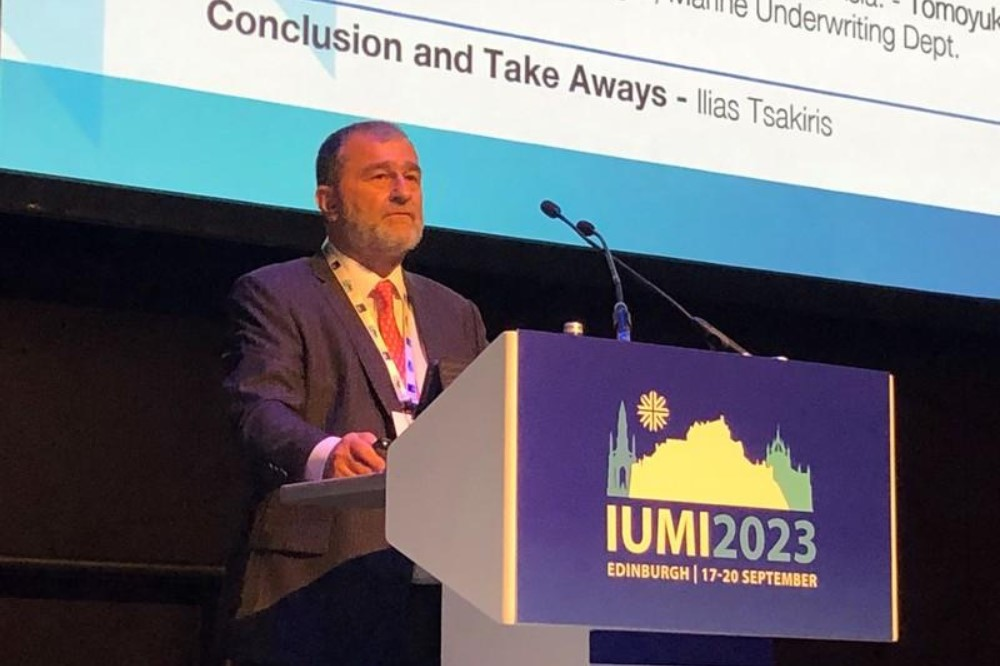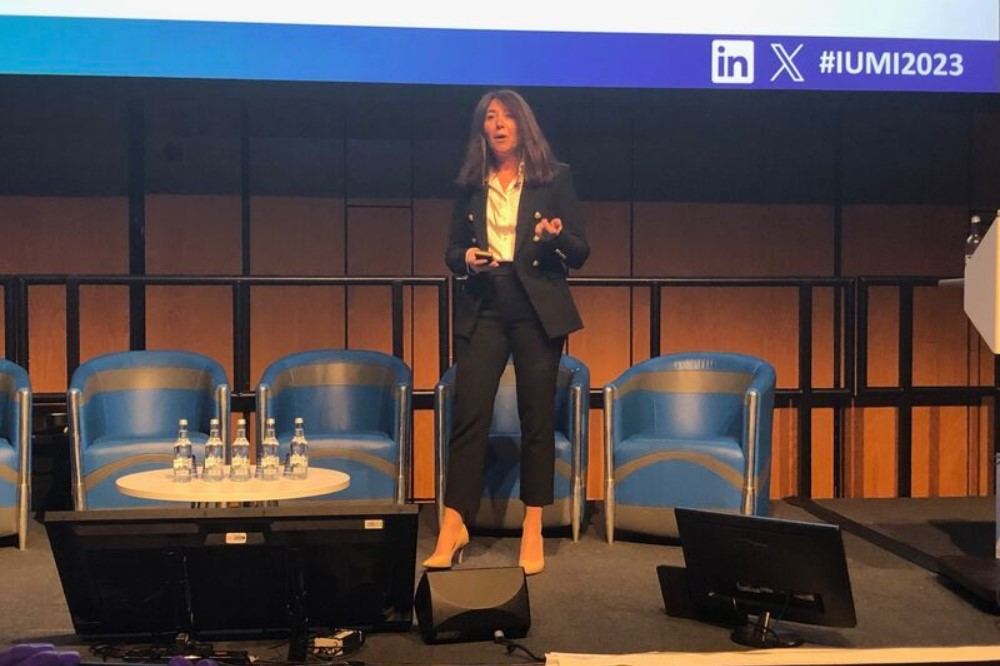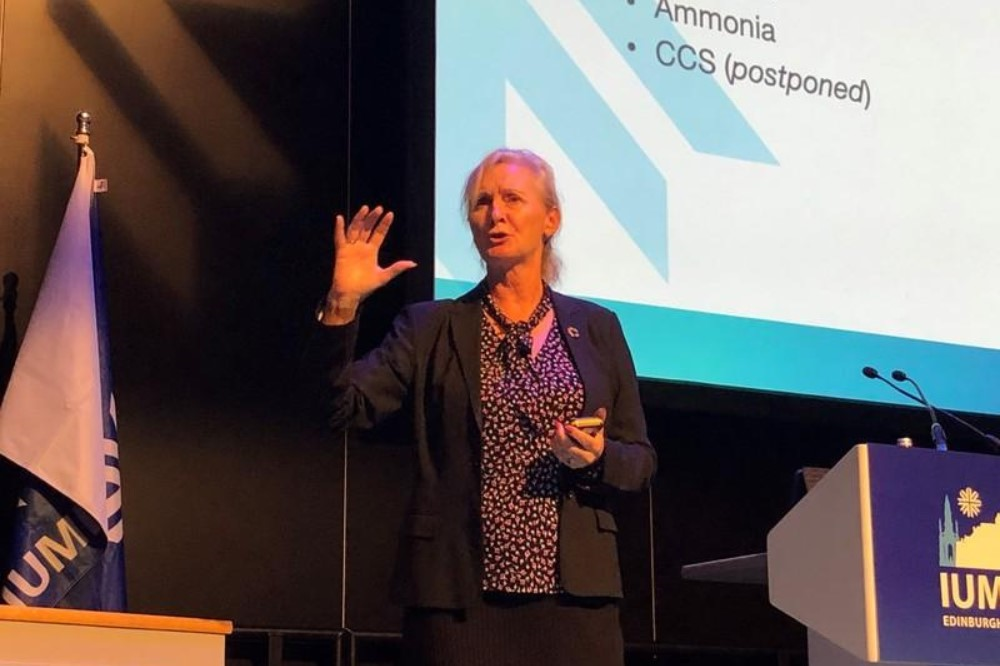

Following up on the annual conference of the International Union of Marine Insurance (IUMI) in Edinburgh, Scotland and president Frédéric Denèfle’s musings on “turbulent seas” facing the otherwise strong and stable sector, several other insights were discussed as the union underscored a need for cooperation in the face of global changes.
Firstly, while hull underwriters had a positive year, the segment can expect some shifts within its market. Global ocean hull premiums experienced a notable rise of 5.7% in 2022, reaching a total of US$8.4 billion. This increase was primarily attributed to a combination of heightened activity, escalated vessel values, and a decrease in market capacity.
During the same period, claims remained at a moderate level, although the early months of 2023 have seen a slight uptick. Collectively, these factors have positively impacted overall loss ratios, which have been on a downward trajectory for the past three years, with 2022 ratios commencing at the lowest point since 2015.

However, despite this relatively positive development, the looming concern is the potential impact of inflation. Ilias Tsakiris, chair of IUMI’s Ocean Hull Committee, highlighted the challenges posed by inflation, particularly during the post-COVID period.
“During the post-COVID period, there was a scarcity of materials, such as steel, coupled with an increase in their demand following the re-activation of global shipping. This was exacerbated by rising inflationary pressure, which has driven up the costs of materials, shipyards, and labour. From an underwriting perspective, inflation has not only been applicable to vessel repairs and claims but also to general office overheads. In the main, the underwriting community has not applied inflationary increases to the premium base and this may lead to a reduction in overall profitability over the coming year or two,” Tsakiris said.
Aside from inflation, hull insurers are grappling with three critical issues demanding their attention:
The offshore energy insurance sector has seen a consistent upward trend in global premiums since 2019, reaching a reported US$4.1 billion in 2022, as announced at the IUMI conference. This increase of 7.3% was mainly influenced by the oil price surge and the subsequent rise in offshore activities, particularly involving jack-ups and deep-water vessels. Inflation also played a role by impacting asset values. Additionally, ongoing macroeconomic and geopolitical shifts, including persistent concerns about energy security due to the ongoing war in Ukraine, were notable factors.

Looking ahead, the offshore energy insurance market is also expected to undergo significant shifts compared to other insurance sectors. Melanie Raven, vice chair of IUMI’s Offshore Energy Committee, emphasised the accelerating growth of lower carbon technology, with floating wind capacity projected to grow exponentially due to increased investment.
“As we approach peak oil, the growth in lower carbon technology is now accelerating. Floating wind capacity, as an example, is forecast to grow exponentially over the next few years as increased levels of investment are injected. The move to a low carbon future represents a fundamental shift for offshore energy underwriters and this will reach farther and deeper into our sector of insurance than any other,” Raven said.
The evolving landscape of energy production will introduce new technologies and associated risks that necessitate insurance coverage. However, offshore energy underwriters can draw upon their past experiences to navigate this transformation.
“Although we are facing a very different future, we are not having to reinvent every wheel,” Raven said. “Carbon capture and storage facilities are likely to feature large over the coming years but underwriters in our sector are used to insuring subterranean structures. It shouldn’t be a great leap for us to provide cover for these new facilities.”
Delegates were also reminded that despite the rapid changes in the energy sector towards lower carbon solutions, the upstream sector still maintains abundant capacity. The oil and gas sector remains a crucial part of insurers’ portfolios, emphasising the need for stability, continuity, and strong leadership from the insurance community to support an industry in rapid adaptation.
Raven said that it is imperative for insurers to keep pace with the swiftly evolving lower carbon solutions and remain agile to meet industry demands. Insurance should facilitate the energy transition process by supporting existing needs while innovating and tailoring insurance products to stay relevant.
“It is encouraging that there are a many positive developments currently underway including methane gas leak detection reducing GHG emissions as well as the electrification of offshore platforms using renewable energy sources. It’s our job, as underwriters, to get behind these innovations and support the transition to a cleaner future,” she said.
Another important focus for the IUMI conference was the recent developments regarding net-zero goals. The union expressed its full support for the recently revised greenhouse gas (GHG) reduction strategy by the International Maritime Organization’s (IMO) Marine Environment Protection Committee (MEPC), adopted in July. This strategy aims for the shipping industry to achieve net-zero GHG emissions by approximately 2050, with a targeted 20% reduction by 2030 and at least a 70% reduction by 2040 (from a 2008 baseline).

The role of marine underwriters in realising this net-zero goal is pivotal, given that new technologies will introduce new risks that need to be comprehended and insured. To achieve this, extensive industry collaboration is essential, as emphasised by Helle Hammer, chair of IUMI’s Policy Forum.
“Compliance with this ambitious new strategy will fall mainly on the shoulders of the shipowners but they will be fully supported by the marine insurance community who will underwrite much of the risk. Therefore, there needs to be comprehensive cooperation and knowledge sharing between owners, class, flag states, underwriters and others. This will be particularly important as the first movers begin implementing new technologies which will then, inevitably, be taken up by the remainder of the industry. It will be essential for a comprehensive regulatory regime to be in place before the bulk of the fleet starts to comply,” Hammer said.
The IMO is already working on a safety roadmap, in collaboration with IUMI and the International Association of Classification Societies (IACS), to address challenges and explore potential solutions. Guidelines for the safe use of ammonia and hydrogen as propulsion technologies have been published, and class societies have issued relevant notations. However, a comprehensive regulatory landscape with a strong focus on crew safety is crucial.
Balancing environmental protection with the well-being and safety of seafarers is of paramount importance, Hammer explained, while simultaneous progress in environmental and crew safety initiatives is very necessary to ensure the safety of those at sea while advancing environmental goals. Adequate training programs must be developed to equip seafarers with the necessary skills and compliance with the new technologies.
Overall, the union also maintained its central role in keeping marine underwriters informed and engaged with the evolving shipping industry. Ongoing discussions and debates on these critical issues are taking place at the IUMI annual conference in Edinburgh, highlighting the importance of addressing these topics collectively.
“We will face many challenges and unknowns as we move to net-zero and, as an industry, we must work together to ensure people are kept safe and the environment is protected. New risks must be understood, insured and mitigated; and underwriters are likely to seek more information outside their loss records as a result,” Hammer said.
What are your thoughts on this story? Please feel free to share your comments below.
